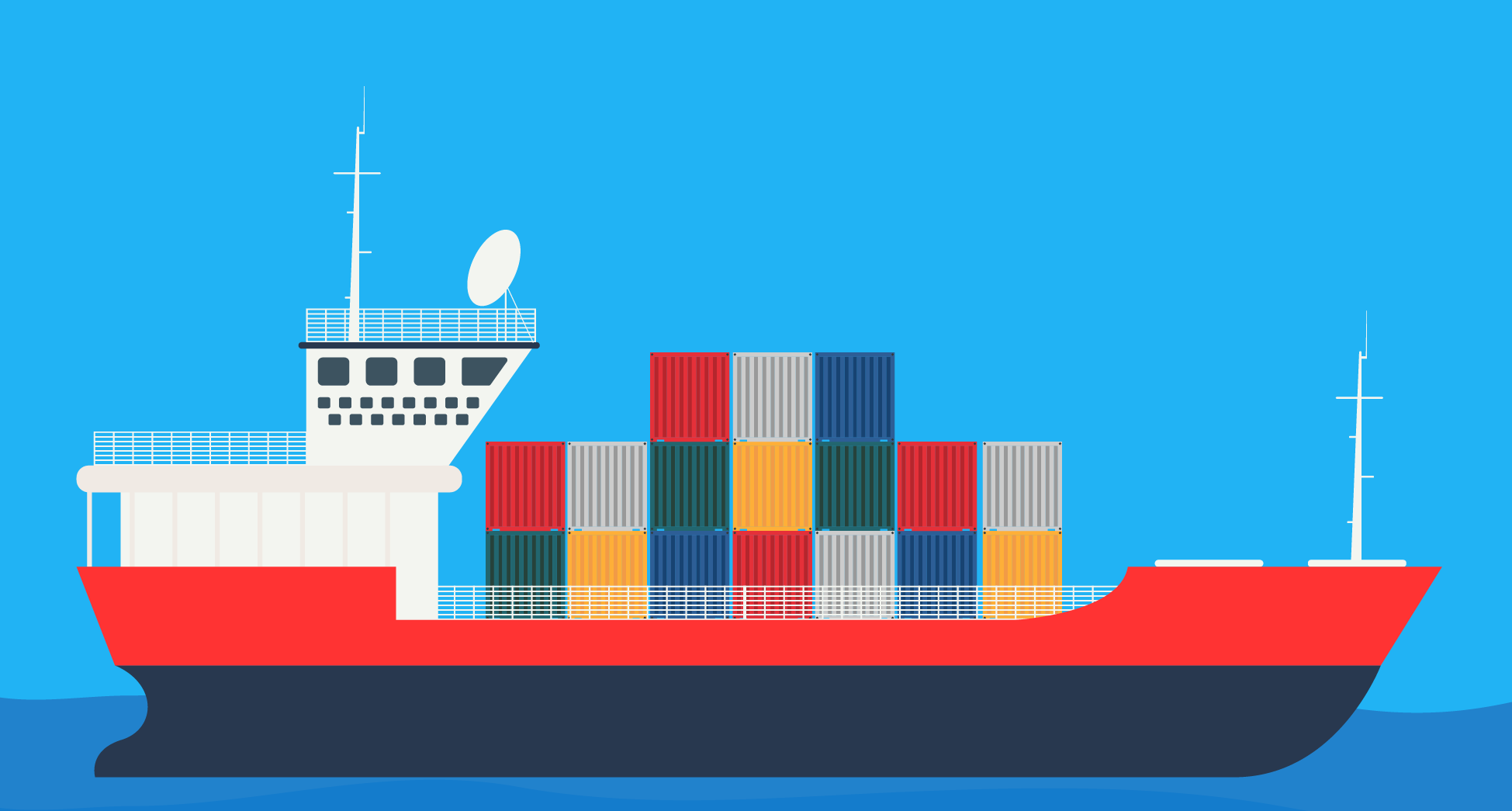In the maritime sector, the transportation of hazardous goods is governed by various laws and regulations. These include the International Maritime Dangerous Goods (IMDG) Code. Established by the International Maritime Organization (IMO), this code is a universally recognized standard for the safe transportation of hazardous materials by sea. It ensures that such materials are transported in a manner that minimizes risks to ships, crews, and the environment.
The origin of the IMDG Code dates back to the 1960s. The rapid expansion of chemical manufacturing and the need to transport these materials across the seas necessitated a standardized set of guidelines. In response, the IMO adopted the IMDG Code in 1965, which has since undergone regular updates to address emerging challenges and technological advancements in shipping and hazardous materials handling.
The Importance of the IMDG Code
The significance of these dangerous goods regulations in maritime trade can hardly be exaggerated. It specifies the packaging, marking, labeling, documentation, stowage, and emergency response actions for each class of dangerous goods. This comprehensive approach ensures that goods prone to causing harm, whether by flammability, toxicity, or other hazardous traits, are managed safely throughout their sea voyage.
Compliance with the IMDG Code helps enormously in preventing maritime incidents, which can have severe consequences, including loss of life, damage to ships and cargo, and environmental disasters.
Contact Schechter, Shaffer & Harris, L.L.P.
Maritime carriers that violate these internationally recognized rules can be held legally responsible for personal injuries resulting from their negligence. If you or a loved one has been harmed due to an IMDG Code violation, please contact Schechter, Shaffer & Harris, L.L.P., a nationally based maritime law firm, at your earliest convenience. In the meantime, you can learn more about the classifications of hazardous materials set forth in the IMDG Code by viewing the infographic posted below.








